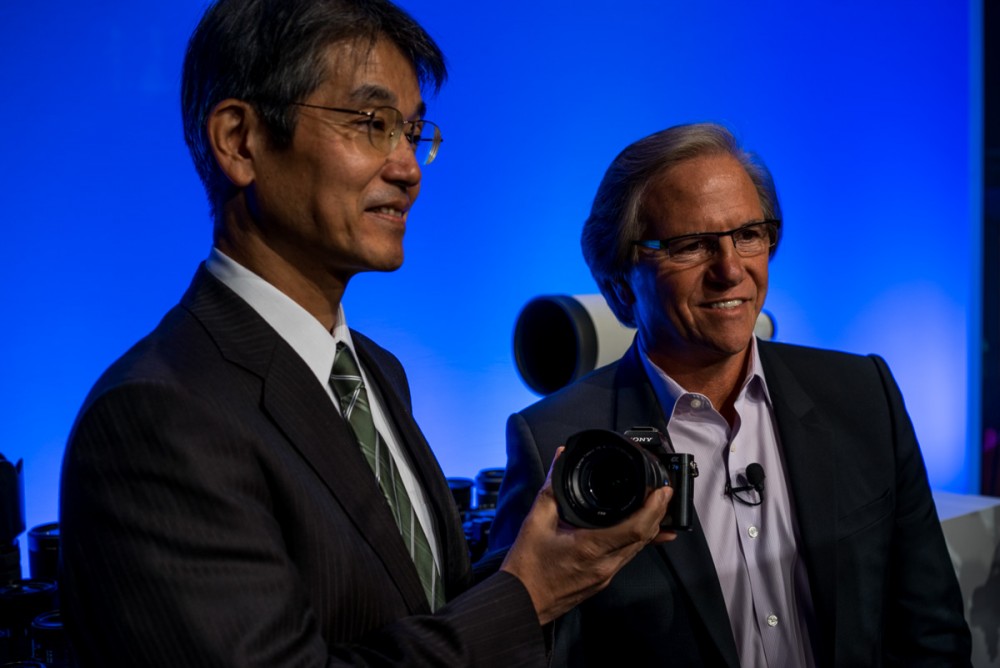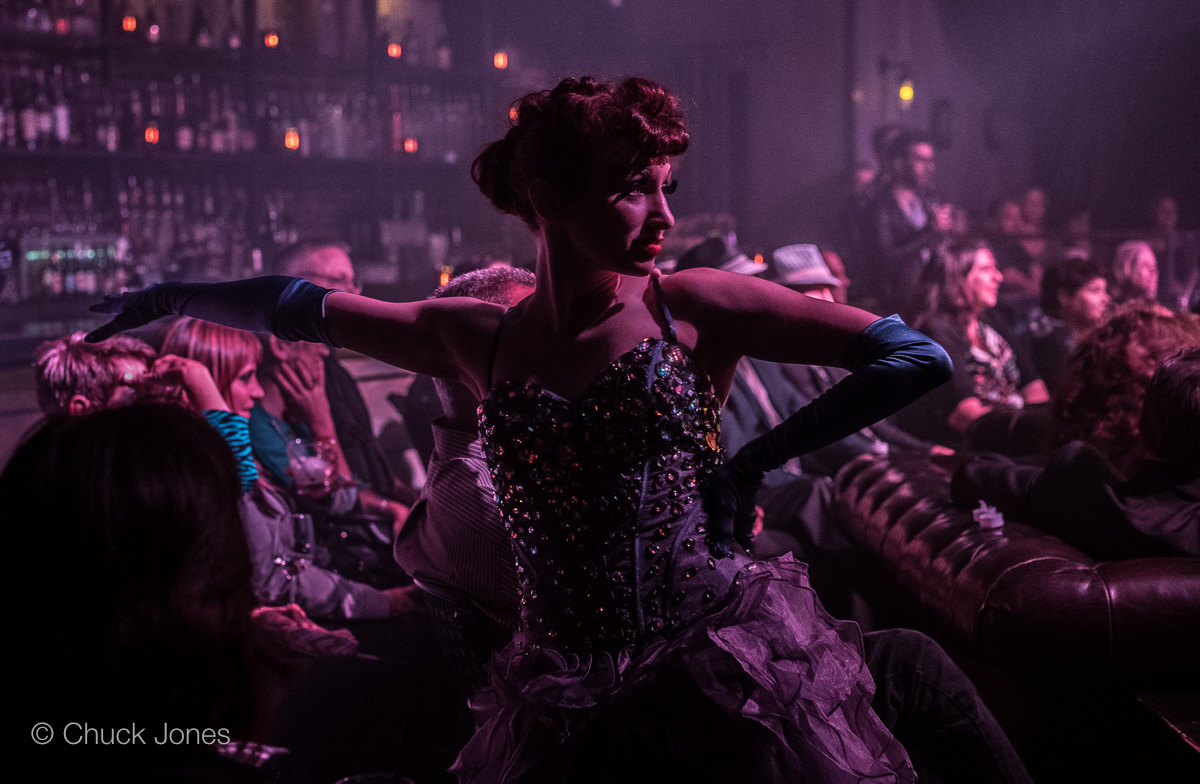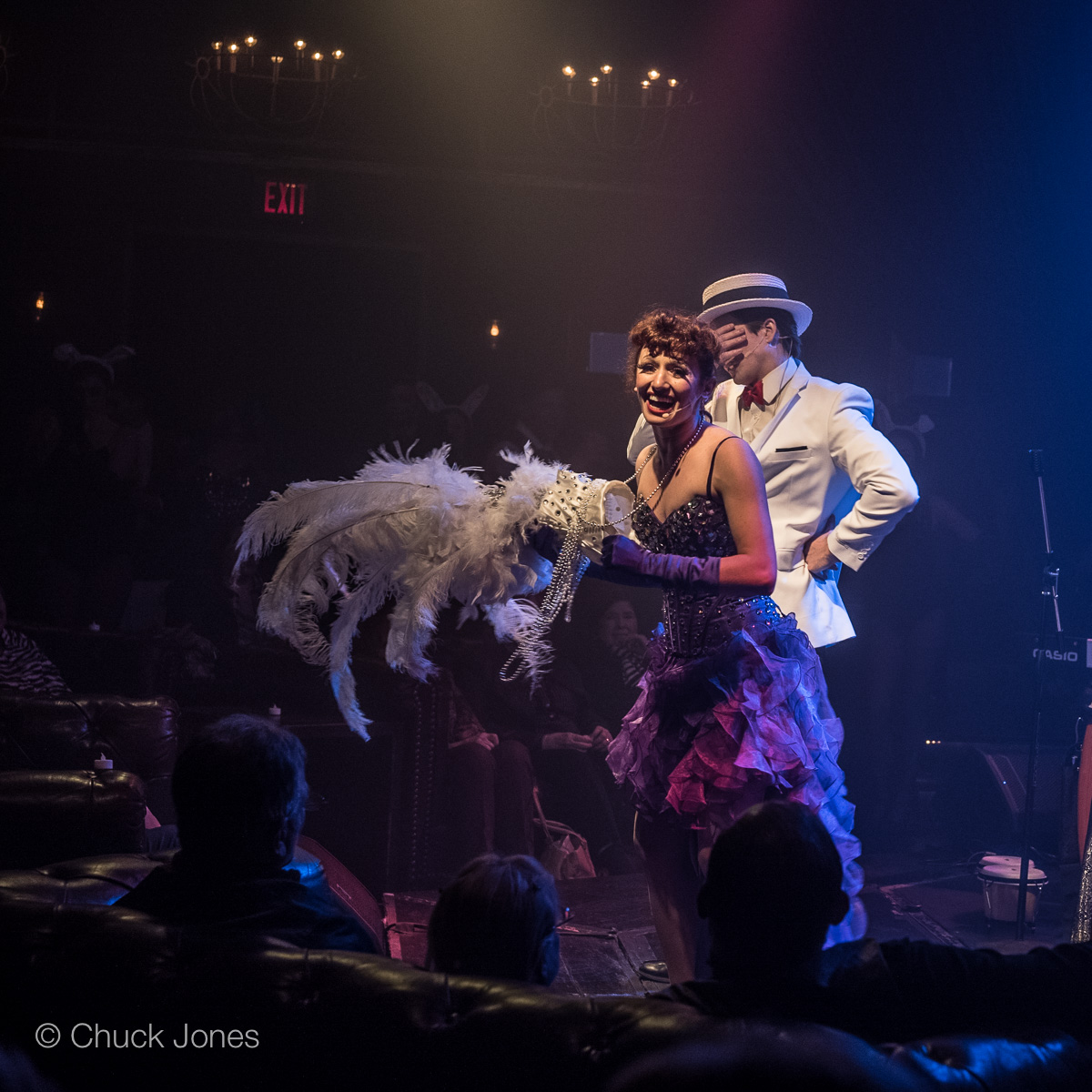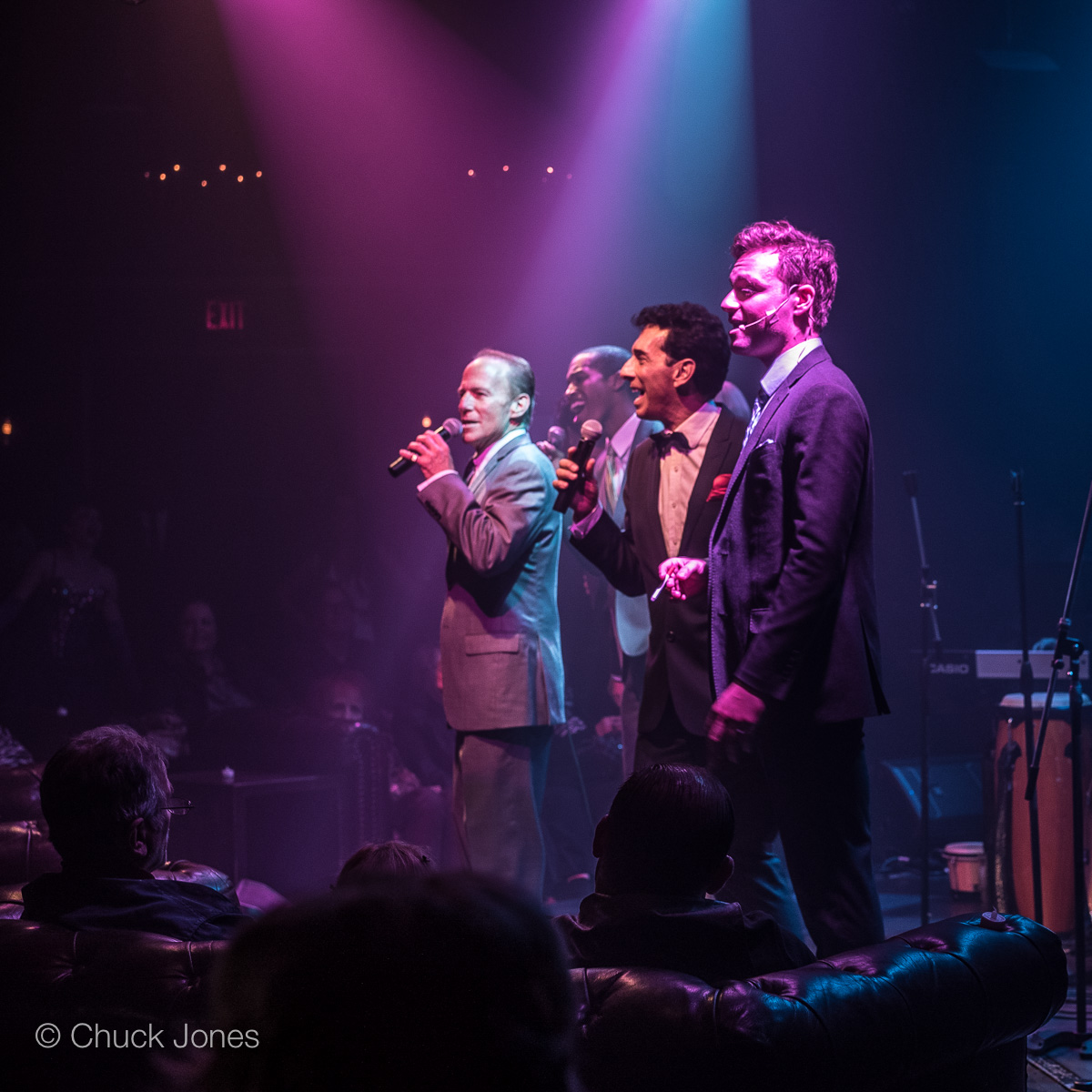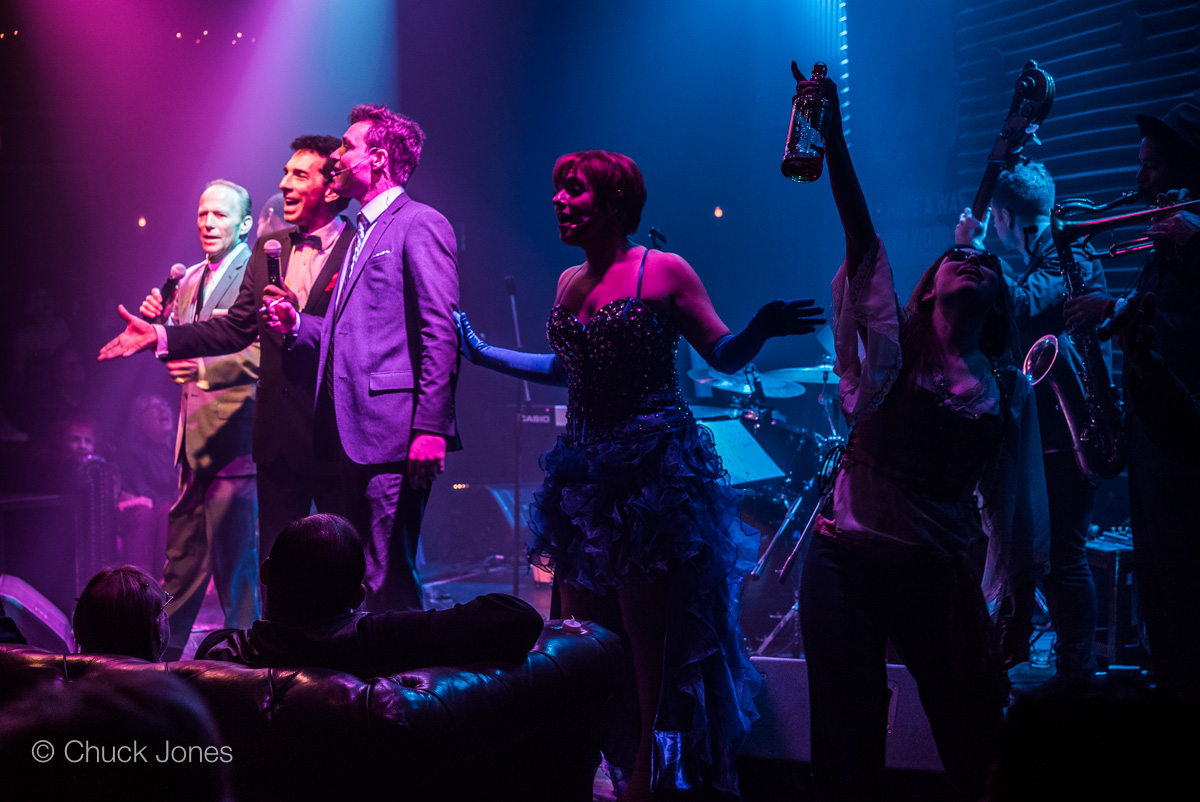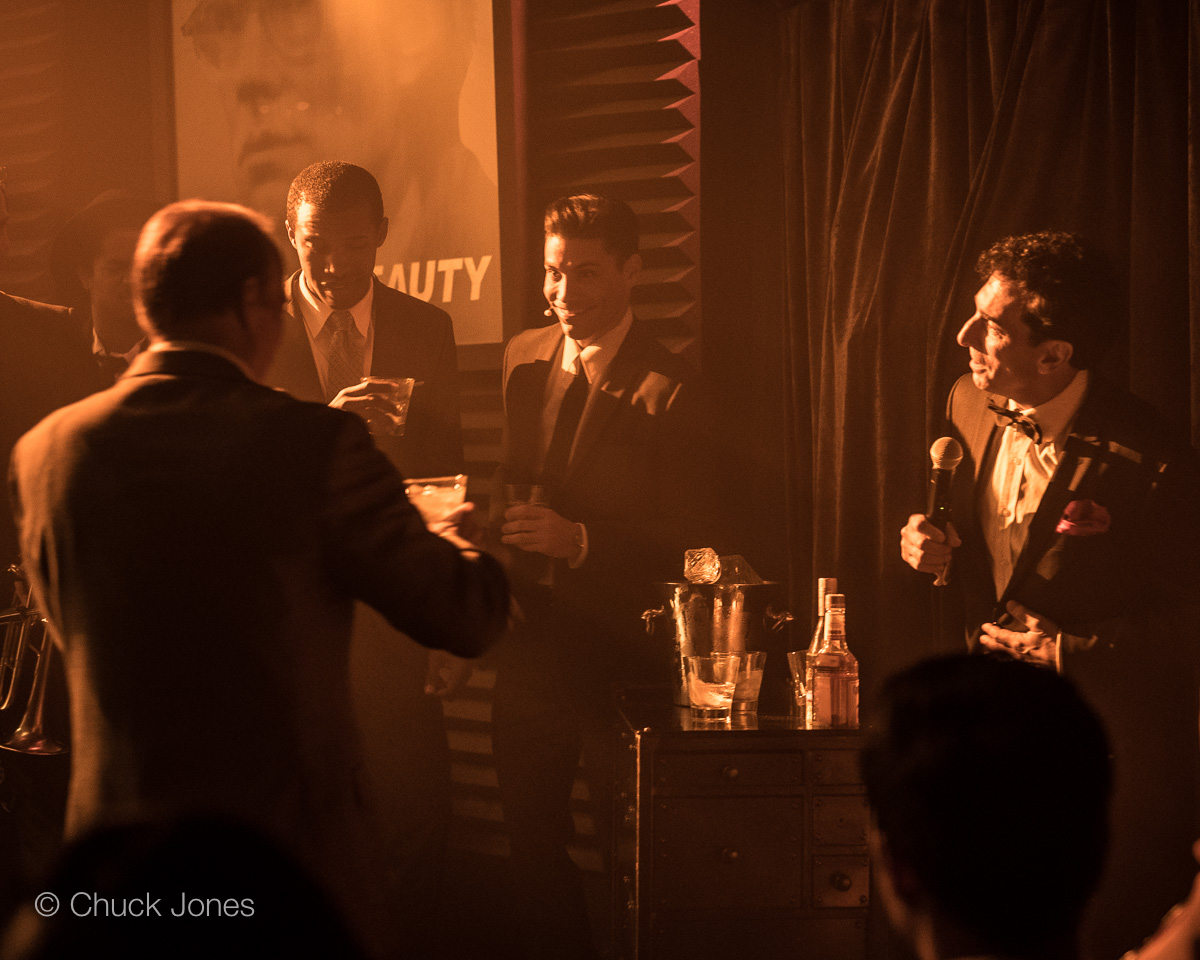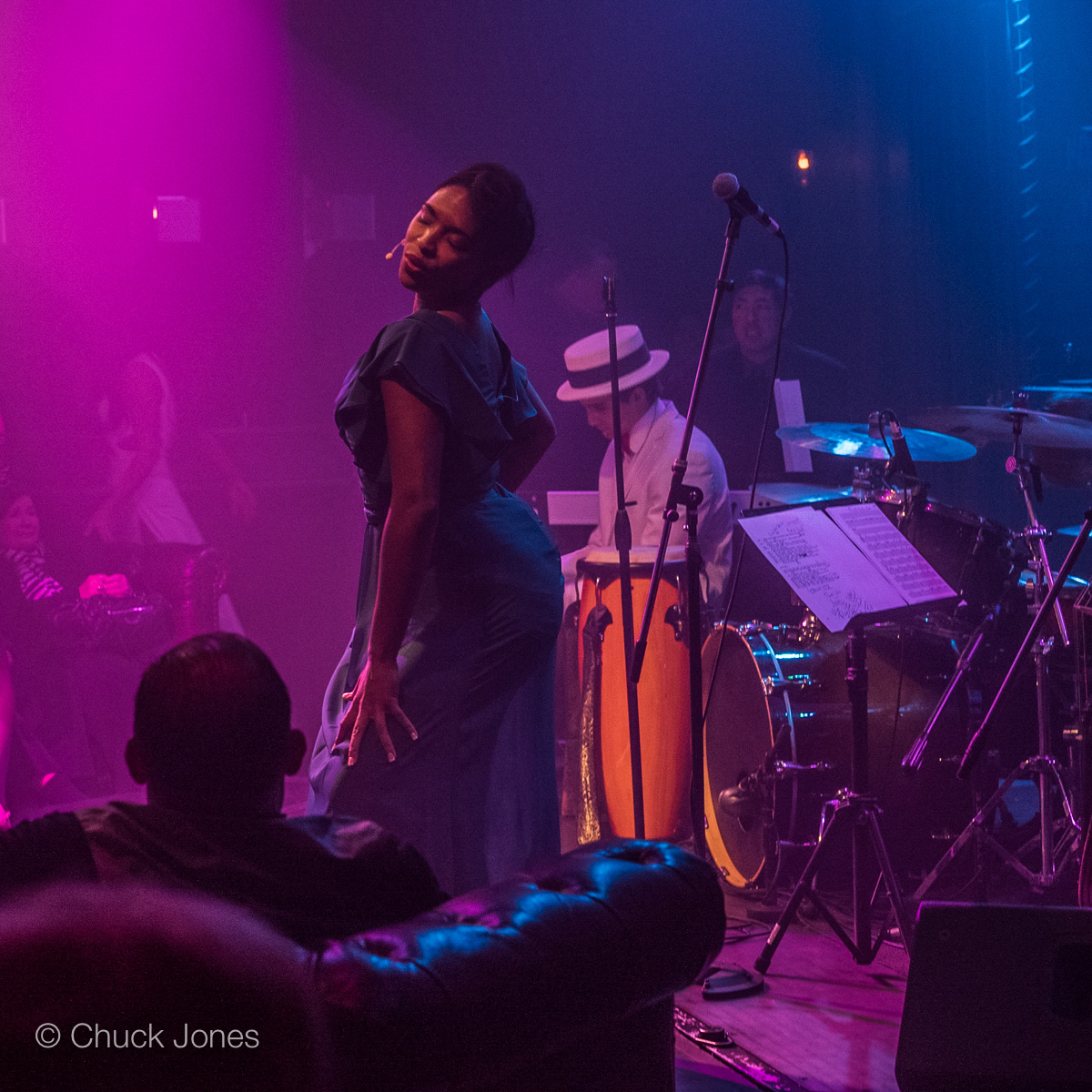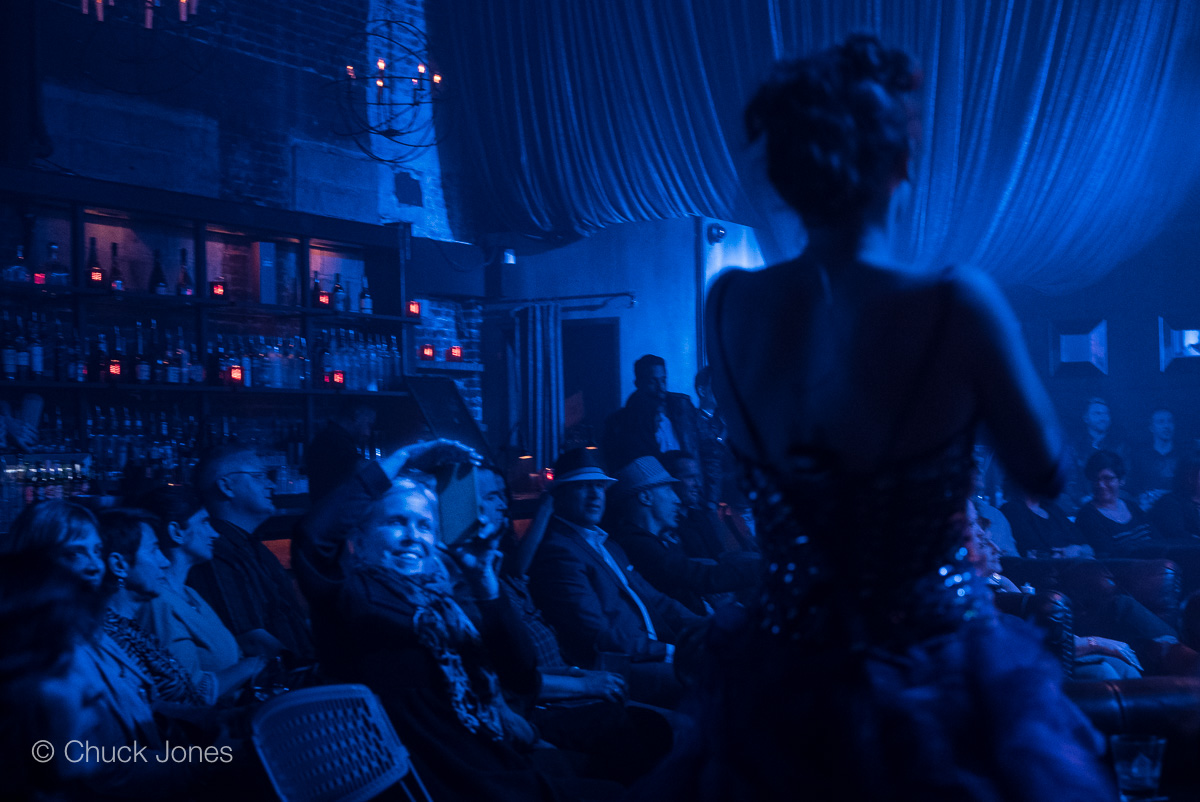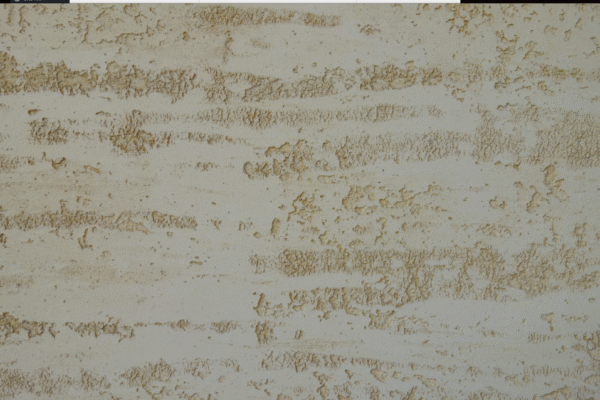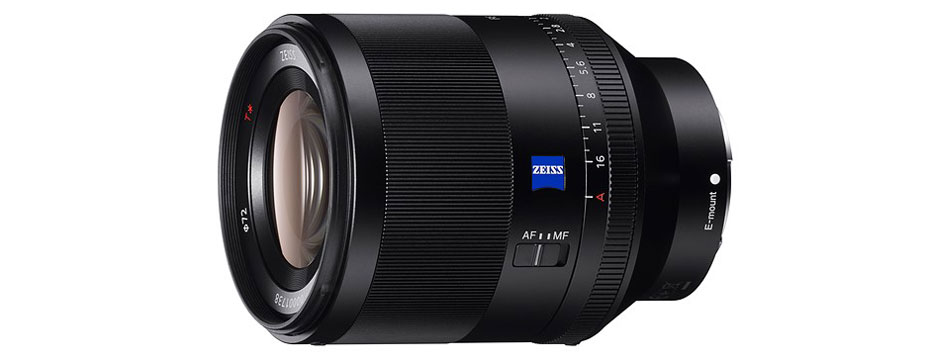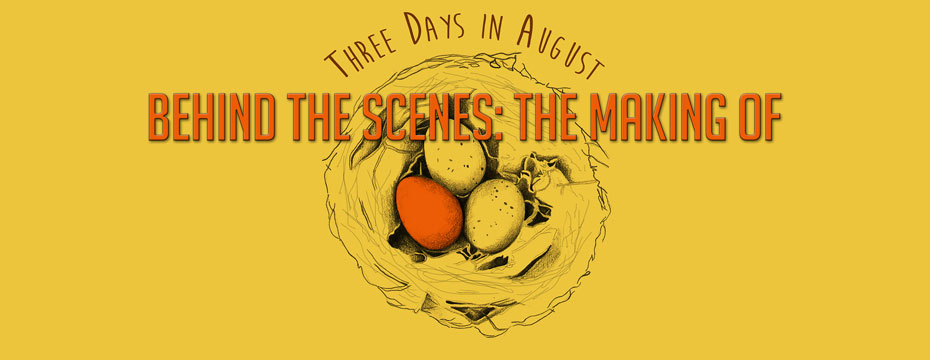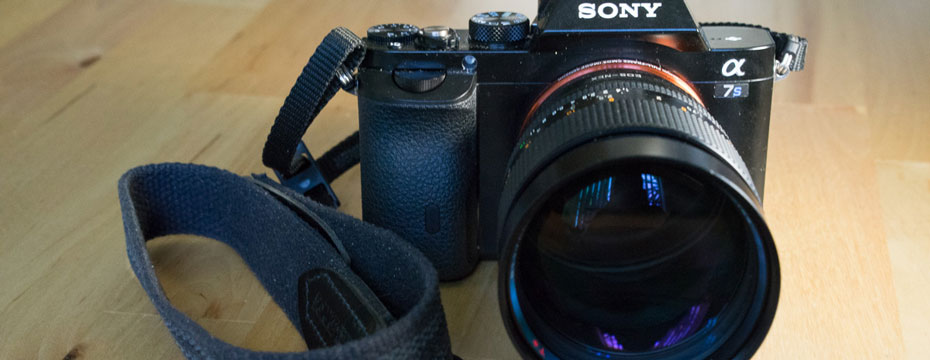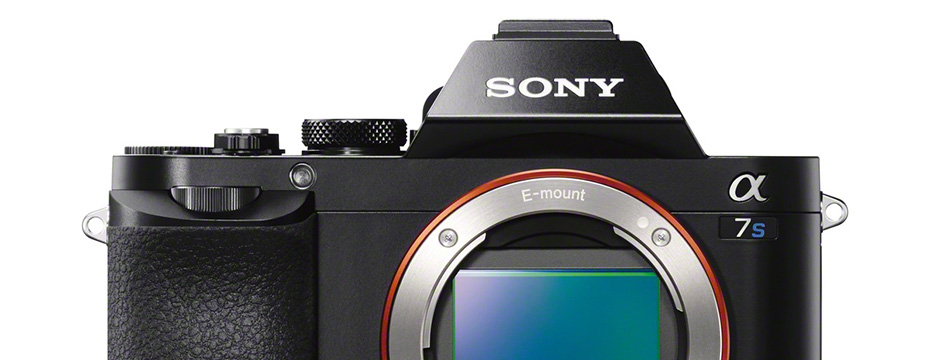
Hands-On Review: Did The Sony a7S Live Up To The Hype?
When the a7S was released just over a year ago, it completely shook up the photo-video industry. I was there at NAB 2014 for the surprise announcement. Artists like myself and my friends were now going to be able to record still photographs and video footage in almost complete darkness – even with kit lenses! The hype at the time was enormous. The camera became an almost overnight hit, long before the first one shipped from the Sony dock in Japan.
Sony has just recently unveiled an update to the now year old venerable a7S, the a7S II. This updated version brings significant improvements in many areas, like internal 4K, 120fps video, and 169 point autofocus. But hey, those are mostly upgrades to an already feature-rich camera. I haven’t had a chance to get my hands on the new a7S II, so instead of looking forward, I’m going to explore the view using my rear view mirror, and see what I feel Sony got right and what needs improvement in the “old” original Sony a7S. I promised myself I was going to follow this camera from cradle to grave.
 Let me start out giving you some of my back story and perspective. I’m a photojournalist and event photographer, specializing in capturing live events and live performers. At one time or another in my Professional Photography life I have been many things to many people. Today I feel quite comfortable living in my very small and cozy niche. What I do I do quite well, and try to stay away from those other jobs or temptations where my skills are not. I rarely do weddings, for example.
Let me start out giving you some of my back story and perspective. I’m a photojournalist and event photographer, specializing in capturing live events and live performers. At one time or another in my Professional Photography life I have been many things to many people. Today I feel quite comfortable living in my very small and cozy niche. What I do I do quite well, and try to stay away from those other jobs or temptations where my skills are not. I rarely do weddings, for example.
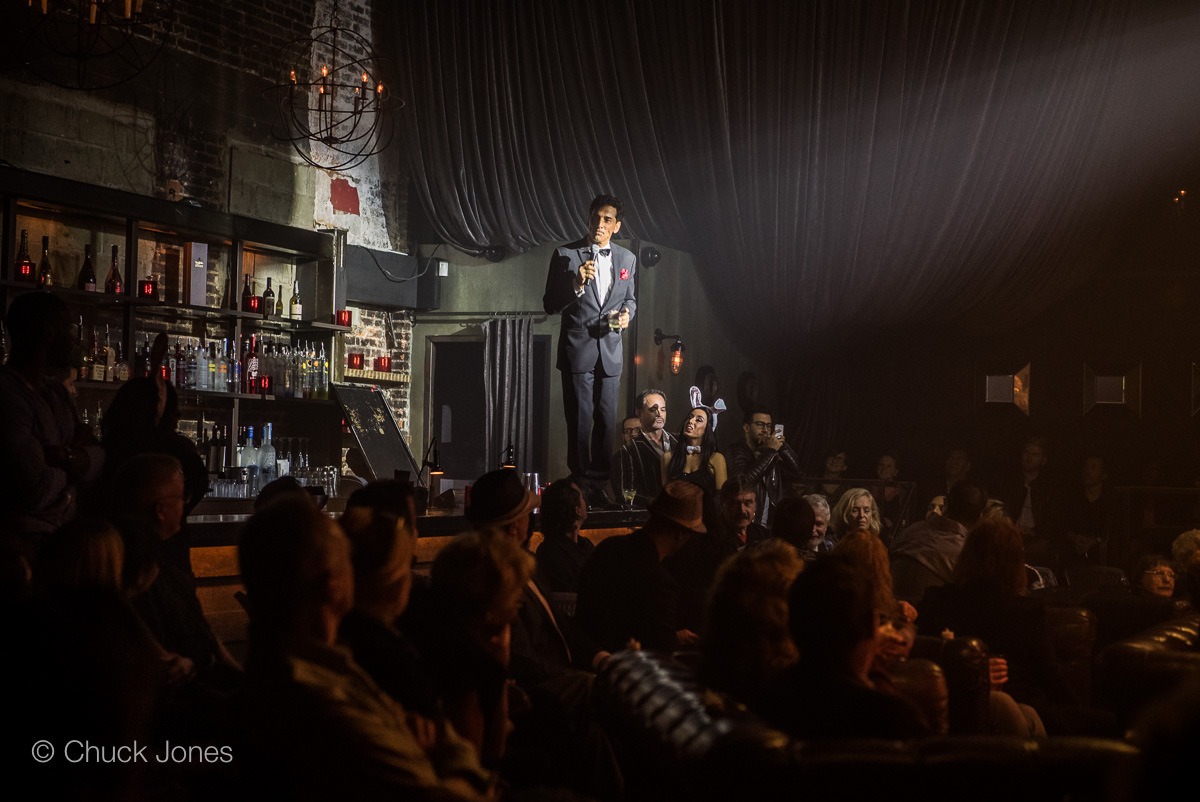 While my photography work may sound simple or relatively easy, technically it can be quite a demanding feat on both the capture side and the final editing/post processing side to make it appear so. It is not easy putting out “A” list quality work, but nothing less will do competing in an “A” list photography market like Los Angeles, where creativity and originality are rewarded and an artists eye is appreciated, but also where the competition is serious and aggressive. I love this town, but for making money from photography I especially love jobs in Hollywood.
While my photography work may sound simple or relatively easy, technically it can be quite a demanding feat on both the capture side and the final editing/post processing side to make it appear so. It is not easy putting out “A” list quality work, but nothing less will do competing in an “A” list photography market like Los Angeles, where creativity and originality are rewarded and an artists eye is appreciated, but also where the competition is serious and aggressive. I love this town, but for making money from photography I especially love jobs in Hollywood.
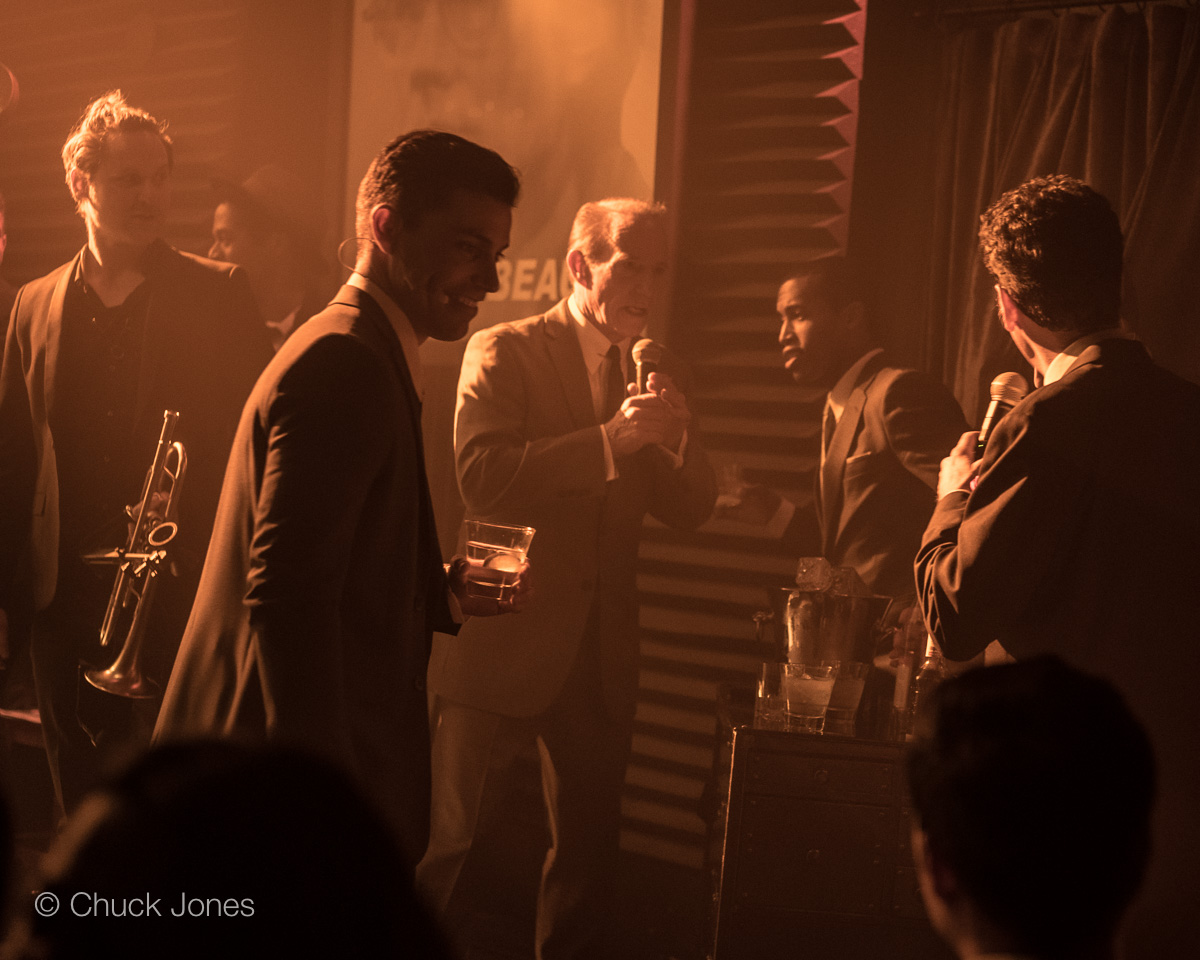 So it is only right that I combine my all time favorite camera, the Sony a7S, with one of my all time favorite lens, the Sony Zeiss 55mm f/1.8, and go shoot in my all time favorite city Hollywood, California for the world premier review of Creating Arts Studios production Night at the Sands currently playing at The Sayers Club in Hollywood. This is an event and location that will fully challenge any camera, as the lighting is constantly in motion, with extreme dynamics and LED in nature, all difficult for photography and video.
So it is only right that I combine my all time favorite camera, the Sony a7S, with one of my all time favorite lens, the Sony Zeiss 55mm f/1.8, and go shoot in my all time favorite city Hollywood, California for the world premier review of Creating Arts Studios production Night at the Sands currently playing at The Sayers Club in Hollywood. This is an event and location that will fully challenge any camera, as the lighting is constantly in motion, with extreme dynamics and LED in nature, all difficult for photography and video.
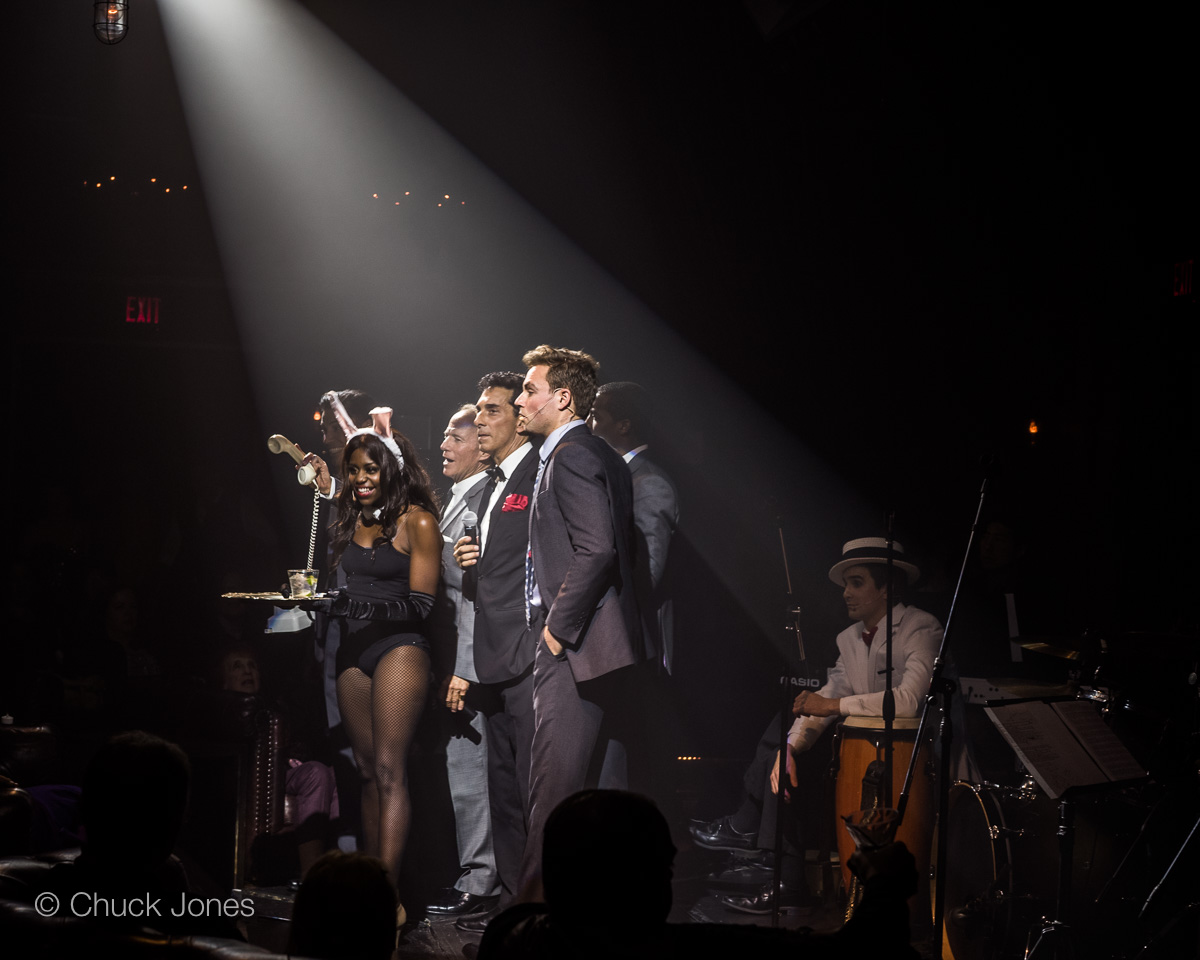 Please judge for yourself from my examples here, but for me and my kind of professional work, this little Sony a7S is the best camera I know of for what I do. Not perfect, none of them are, but sufficiently functional to get out of my way and let me concentrate on composition, color, creation and motion, not on how to operate a set of camera controls. So there you have it, my bottom line, right up front. Now, for some of the details.
Please judge for yourself from my examples here, but for me and my kind of professional work, this little Sony a7S is the best camera I know of for what I do. Not perfect, none of them are, but sufficiently functional to get out of my way and let me concentrate on composition, color, creation and motion, not on how to operate a set of camera controls. So there you have it, my bottom line, right up front. Now, for some of the details.
The Night At The Sands Event Dates and Times:
Fri. Nov. 13th thru Sat. Dec. 19th, 2015
Fridays and Saturdays
Time: 8:00 – 10:00pm
Show Run Time: 2 Hours
15 Minute Intermission
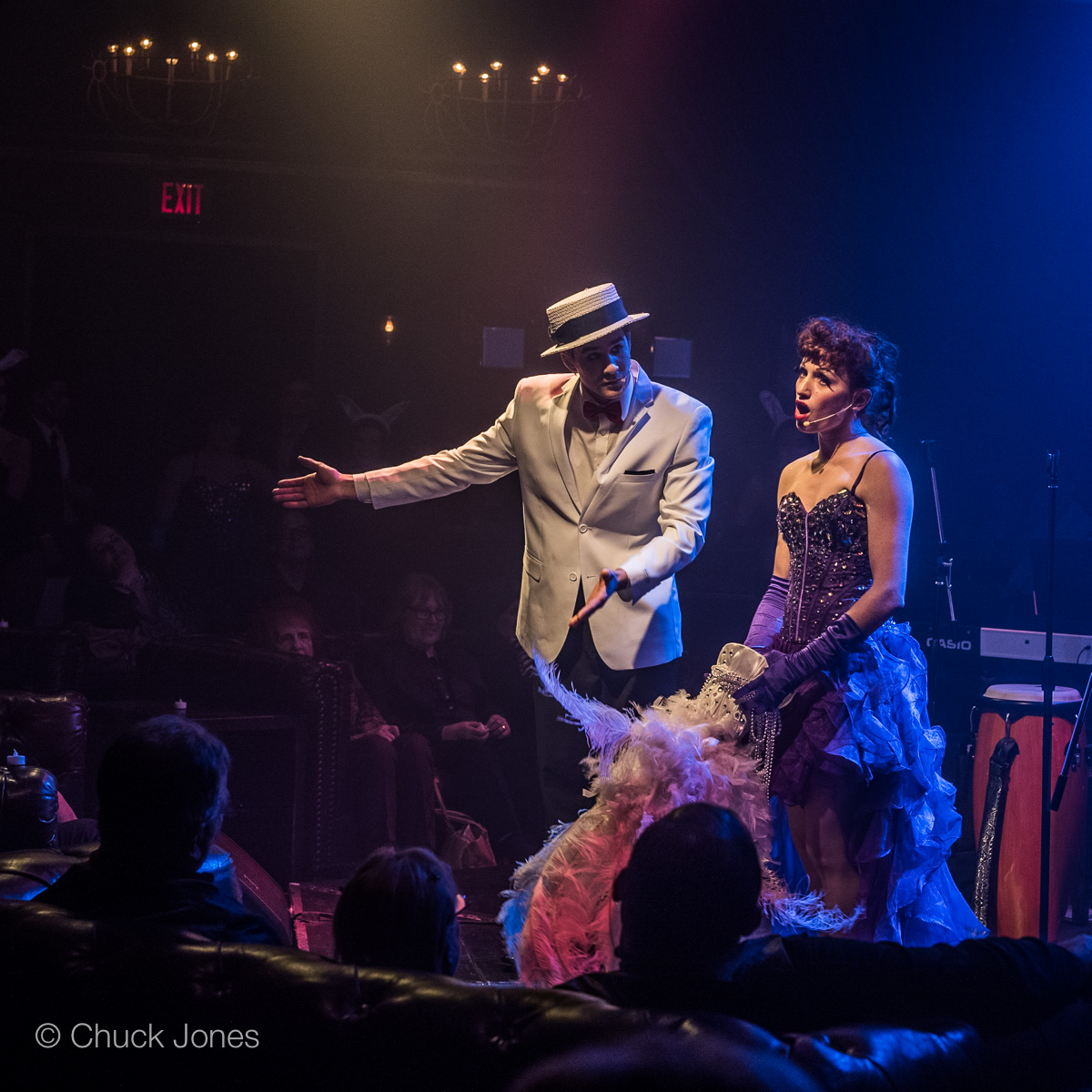 Where:
Where:
The Sayers Club
Hollywood, CA
The Sony a7S – Pros and Cons
Pros:
- Fantastic Sensitivity, Shoots In Available Darkness!
- In-Line Exposure Readouts (photo accurate viewfinder)
- 4K Video To External Recorder/1080P internal.
- Exposure Comp Dial
- Huge ISO Range
- Focus Peaking
- Fast Autofocus, Easy Manual Focus With Assists
- Large, Bright LCD Screen
- S-Log Color Profile
- HDMI Output
- Excellent Stills & Video Both
Cons:
- Low-Resolution Images (12.2 MP)
- Battery Life Could Be Better (but small batteries, so easy to carry several)
- Complex Menu Structure
Overall Camera Design
With a functional small metal body design, the a7S II is one of the slickest-looking functioning cameras on the market. The camera is small and portable. It’s actually smaller than many people’s cell phones!
Ergonomics
The tiny body works against the a7S, as you will find your hand in some very strange positions trying to adjust wheels and depress buttons on the camera. I found that adding the optional grip with the weight of two batteries helped me feel more secure holding the camera while accessing the controls.
Button/Dial Layout
The button layout on the a7S aII makes a lot of sense so I didn’t have issues or problems finding the correct buttons. The camera body is an elegant engineering design, in that you can easily hit every button on the camera with just one hand, except the menu button, it takes both.
The a7S features an exposure wheel that allows you to quickly adjust the exposure compensation settings without having to press any buttons. I found the exposure wheel to be incredibly helpful as I am routinely working with it and the a7S superb auto-ISO settings.
The only annoying thing that I found in terms of button design is the buttons are extremely close, and sometimes difficult to feel in the dark without triggering one of them.
Screen
The screen on the a7S II does a great job of displaying images and videos accurately enough for me to monitor directly from the back, not only from the viewfinder. The screen is almost half of the rear of the camera’s body – so a very nice and useable size. It isn’t a touchscreen, but you easily move thru the menus with the small scroll wheel. Since the a7S is a mirrorless camera, there’s also an additional monitor in the viewfinder that’s equally fantastic at displaying exactly the images that are going to be shot.
In fact, that is one of the strengths for me in using the a7S for my event work. Most of it takes place at night, often in clubs or stage locations, where frequently the lighting leaves something to be desired. This makes for difficult lighting at best, but with the a7S showing me the actual images, I am confident what I see in the viewfinder is exactly what I will see on my card. You don’t get that with a DSLR baby!
The only negative to the screen is it just folds, it doesn’t flip out, though it does have a robust set of tilting mechanics.
Sony a7s II Review: Video
The Things I Like
The a7S already has virtually all of the modern day features you could want in a hybrid photography/video camera. It’s fantastic to get a diverse video feature set without having to hack your camera like I did with my Canon 5DIII. Magic Lantern, I’ve left you in the dust!
The a7S features an adjustable focus-peaking menu that allows you to not only adjust the intensity of the focus peaking guides, (there are three levels) but also the color of the focus peaking ants (red, yellow, or white.) I use these guides constantly, find them to be very accurate even in low light provided I have sufficient contrast to activate them, and personally find the yellow color to work best for my eyes.
The high ISO sensitivity is of course the main reason I bought a seemingly limited 12MP camera for Professional work . The sensitivity is nothing short of amazing. So are the ultimate post processed images! The a7S can photograph in light where my eyes can’t even see. Given my a7S and my Fiilex P-100 battery-powered LED, I can quite literally shoot in virtually any lighting scenario.
Things I Don’t Like
This is a very small list! The small size of the a7S works against the camera shooting handheld video, but the optional grip or the camera cage I use for exclusive video only functions do a respectable job of adding sufficient weight and substance for me to achieve a steady grip.
I would like the internal image stabilization. That is a feature that should be standard on every camera, and likely will be on any new digital cameras I buy in the future. There is some degree of rolling shutter on the a7S, but frankly there isn’t enough wobble to justify not purchasing the camera, just keep it in mind if you will be shooting high-speed video.
I find the battery on the a7S to be just fine myself, though others report it going surprisingly fast. An entire battery is about an hour and a half recording time. If you compare that to a normal shooting day, you’re looking at needing at least 7-8 batteries. An easy carry in your pants pocket. I also use an Atomos Power Station and a Ninja Assassin external recorder for video. The Power Station provides a continuous power supply system to the a7S as well as your other battery powered location gear.
Sony a7s: So Who Is It for?
From Casual Photographers To Professionals Working In Low Light
The still photography options on the a7S are fantastic for casual photography, and with the huge expanded ISO up to 409,600, the a7S makes a wonderful camera for my everyday, nearly every job use. When released, before I used the camera, I felt the price tag may be a little steep. After a year of using it myself, if you’re a creative person with an interest in low light performance photography, you’ll really enjoy this camera.
Independent Filmmakers
4K and HD combined with high ISO, unequaled low light sensitivity, a feature-rich if somewhat complicated interface, and you have yourself a great camera for filmmaking. The a7S II will save money in the end by eliminating the need for an external recorder to record 4K, but honestly I love monitoring my video work using that huge 7″ Atomos Assassin 1080P HD screen, so for me I don’t mind that at all.
Professional Filmmakers Looking for a Low-Light Specialty B-Camera
The ability to record video sequences in near-darkness, available darkness as I call it, unlocks a whole world of creative possibilities.
Sony a7s: Who Isn’t It for?
Professional Photographers Who Make Large Prints
It’s only 12.2 MP. That makes the images captured on the a7S a bit light for making large fine art prints. So low in resolution it won’t replace a high-res camera like the a7R (which I also have) or a7R II.
Professional Filmmakers Looking For a Great A-Camera
The a7S is great at what it does, but there are some limitations that make it painful to work with in a professional context. The battery life means carrying more spare batteries or using an external battery power system like I do. The rolling shutter isn’t horrible, but it is noticeable on fast moving subjects. The camera can’t record in RAW, which could limit what a colorist can do in post, and there is no internal 4k recording on the a7S, that feature is reserved and only available on the a7S II.
Conclusion
Altogether, the a7S has been a great camera for me this past year, with low-light capabilities that continue to impress my clients, so there is no better recommendation than that. The a7S has plenty of features just as it sits and makes hybrid storytelling remarkably easy to do well. With improved autofocus, 4K video, 120 fps HD footage, improved buttons, and a larger design, the new features included in the a7S II are definitely worth looking into if you already own the original a7S, but I don’t feel at all pressed to replace this wonderful camera anytime soon.
If your shooting for mostly web based work like I am for my clients, resolution isn’t that big of a deal to you, so the a7S could also become your go-to photography camera. If you’re an aspiring filmmaker who’s dreamed of a camera that can both shoot in the dark and in 4K, then look no further, you really can’t beat this camera. The a7S II is the best photography/filmmaking camera on the market right now. The second best is an a7S off the used market. But please don’t be looking for mine. It will be staying right here in my bag for a long time yet to come.
Price
The a7S II currently retails for $2,998 and is immediately available for shipping. The original a7S like I used to create the images and video on this page goes for about $1,500 today on the used market.
Please rate this story, and share it with your friends? [ratings]



